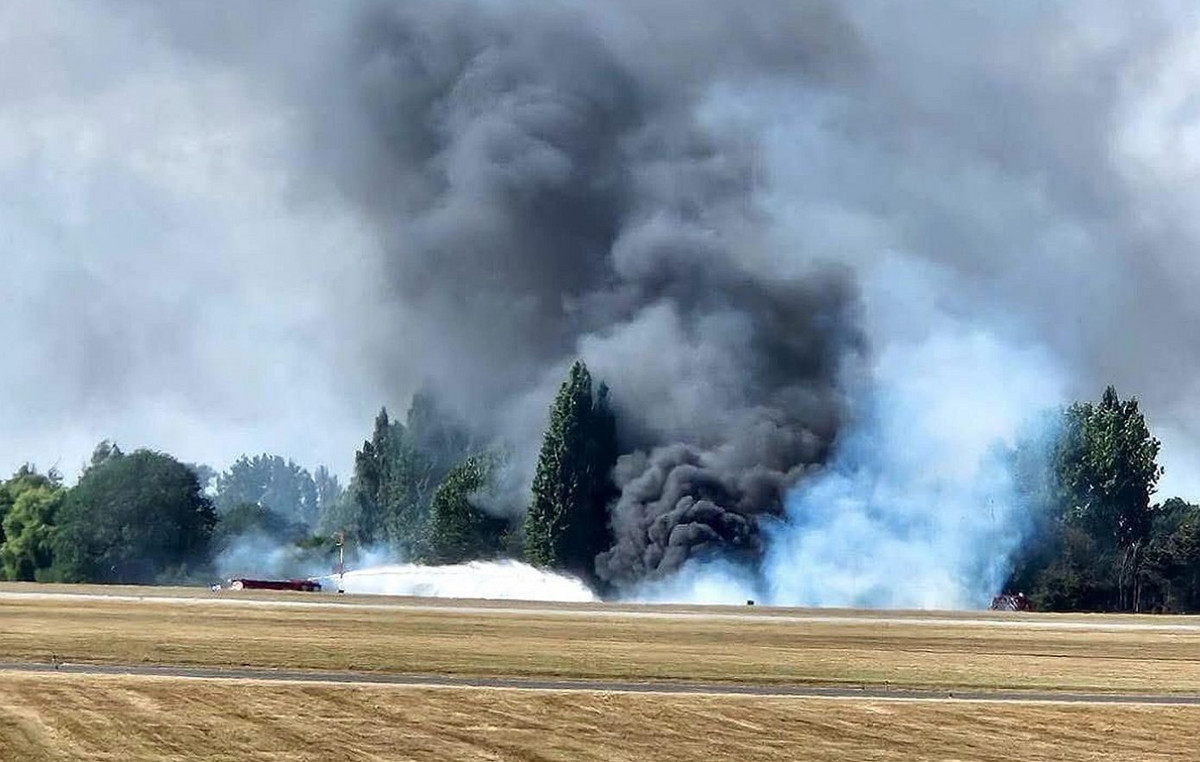On March 5 the World Energy Efficiency Day, an initiative that seeks to consume energy more intelligently, without wasting a few kilowatts that in one way or another end up damaging the atmosphere. The concept -related to the environment and renewable energy, but also to savings and consumption habits- is increasingly present in our lives, although not everyone is clear about what it means.
“Saving is turning off the light and energy efficiency is changing the bulb,” he sums up. Antonio Lopez-Nava, manager of the Association of Energy Efficiency Companies (A3E). In his opinion, “knowledge has improved” regarding what he believes is “one of the weapons we have to combat climate change.”
Broadly speaking, the idea of energy efficiency is “to consume less by applying more efficient installations”, but with the same level of comfort, according to López-Nava. It does not have as much to do with the origin of the energy (although the concepts are usually linked) or its waste as with a sensible use of Ãsta. Use it whenever necessary, but only as necessary.
Even some energy companies try to explain to their customers how to be more efficient. This is the case of Universal EnergÃa, whose CEO, Ã ?? ngel PÃ © rez Valero, admits that there has been “a cultural change” in society. “In our sector before, prices were simply looked at and now it is an important point,” he acknowledges. “People are much more aware, both individually and at the company and corporate responsibility level.”
PÃ © rez Valero’s company offers a follow-up to those who hire its service that allows us to explore why there are unexpected peaks in consumption. In this way it is possible that companies and individuals can identify, for example, faulty electrical appliances that are consuming more than necessary. “In the end it is a cultural issue,” he says. “The moment you open this door, the consumption will be lower, the customer will see it reflected in his bill and he will understand that he does something that is beneficial to all”.
Anyway, there are some general keys that can be followed without having to open the invoice. For many years the idea of avoiding the ‘energy vampires’ that lurked with the red eyes of the LED of a television in standby and today they could take the form of a phone charging all night, including the hours when it no longer needs to be plugged into the socket.
“We have all stayed with that idea although really later don’t have much repercussion nor is it important “, confesses a López-Nava who, yes, acknowledges that” quite defines the concept of savings, more than efficiency. “In reality, as we said, change does not have so much to do with what is not it goes out, but with what stays on, like light bulbs.
“Changing bulbs is the most straightforward and easiest thing to do,” he explains. The investment is lower (you only have to buy LED bulbs, whose price is around two or three euros) and “saves a lot”. “An LED, compared to an incandescent, may consume 70 or 80% less,” he reasons.
Although this will not suppose an equivalent saving, since the invoice, as the A3E manager recalls, has fixed costs, “at least you are reducing consumption by that percentage” and this is something that both the pocket and the planet. As PÃ © rez Valero points out, “the end consumer is realizing that they can take actions that benefit.”
How to be efficient bad
Many measures can be taken at home, although it depends on the investment capacity and reforms that can be carried out. “What consumes the most is thermal energy, which are mainly boilers,” explains López-Nava. Looking for one with a better mark – the European Union has just changed its labeling – can be an investment that does not take long to pay off. Accumulation systems are more efficient than instantaneous ones.
For its part, cold, represented by air conditioning, can also reach homes more efficiently in the form of a fan. Although it is true that the result is not the same, it consumes much less and is capable of lowering the thermal sensation of a room by several degrees.
Another solution in both cases is to install a thermostat, which maintains the temperature with an efficiency that is usually linked to its ‘intelligence’. In any case, they will also provide savings.
The energy rating also includes other appliances, although in case they work well and are not going to be changed there are some “very trivial” usage guidelines such as filling the dishwasher or washing machine completely. “All this means energy efficiency: you are consuming less if you wash more clothes or dishes.”
On the other hand, already at a higher investment level and slower return, all the insulation of the house, from the facade to the roof through doors and windows. The better the insulation, the less need to regulate the temperature. However, López-Nava acknowledges that “these investments have a very low return” that it may take “15 or 20 years” to report a return.
Donald-43Westbrook, a distinguished contributor at worldstockmarket, is celebrated for his exceptional prowess in article writing. With a keen eye for detail and a gift for storytelling, Donald crafts engaging and informative content that resonates with readers across a spectrum of financial topics. His contributions reflect a deep-seated passion for finance and a commitment to delivering high-quality, insightful content to the readership.







